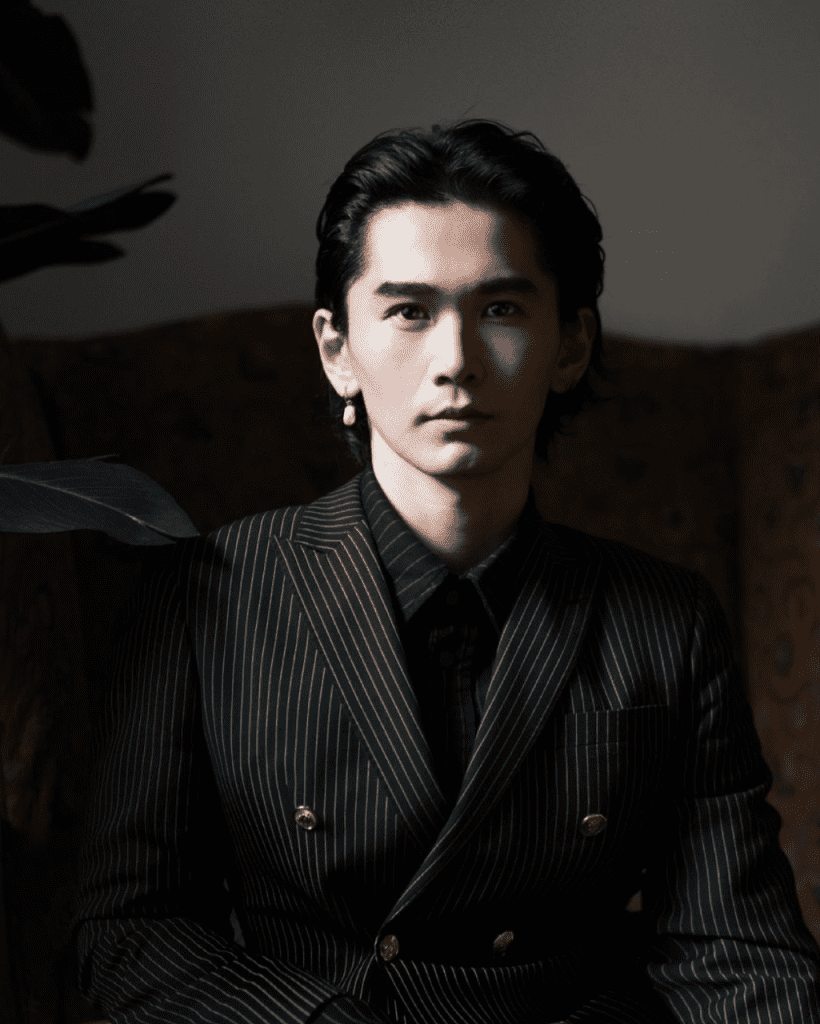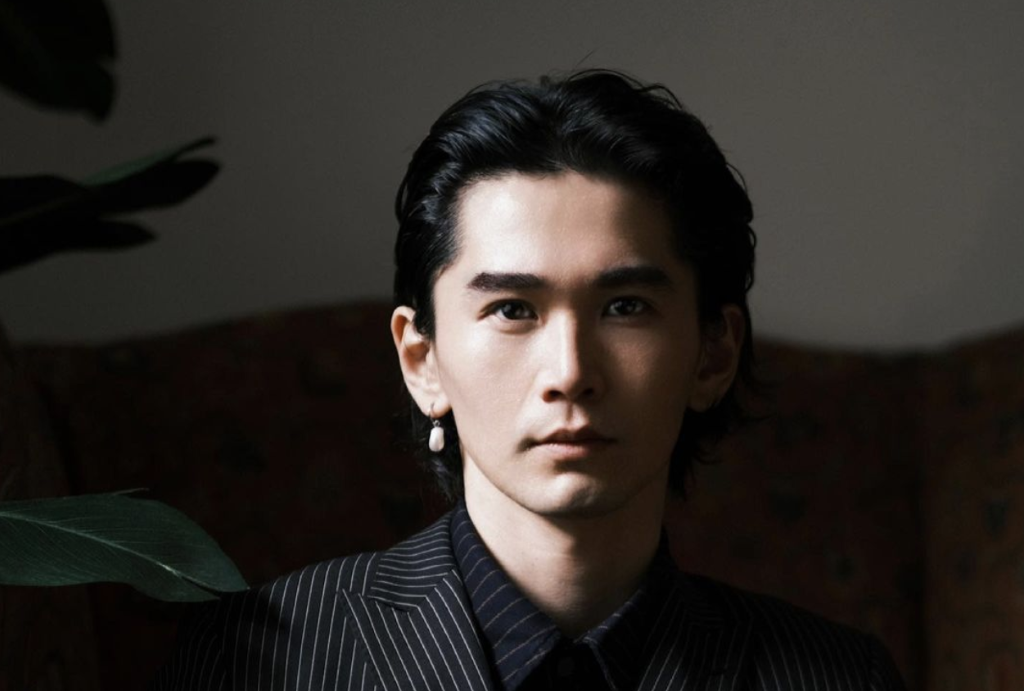Art curation has seen a remarkable transformation, with the role of the curator evolving to be more dynamic, creating innovative exhibitions and connecting audiences with the stories behind the art.
“Curation should never be rigidly black and white, we can create our own set of rules.” - Hongzheng Han, Faculty & Academic Content Manager, Sotheby’s Institute of Art
In the contemporary art world, curators are pushing boundaries and redefining traditional practices, forging new paths for the future of curation. A leading figure in this movement is Hongzheng Han, an independent art curator and faculty member at Sotheby's Institute of Art. We had the opportunity to sit down with Han to discuss their perspective on curation and their students' exhibitions at the Sotheby’s Institute campus and theBlanc Art Space.
 What is the inspiration behind your students’ exhibitions at the Sotheby’s Institute campus and theBlanc Art Space?
What is the inspiration behind your students’ exhibitions at the Sotheby’s Institute campus and theBlanc Art Space?
In my first class, I discussed a New York Times article, “Everyone’s Curator Now,” by Lou Stoppard, to introduce the history of the term “curator.” I do believe that anyone can be a curator with daring innovation, strong determination, resourceful connection, and proper execution. And I say it proudly, our students at the Sotheby’s Institute possess all of the above. There were four exhibitions at the Sotheby’s Institute New York campus: The Dreamers, Radical Roots: A Global Conversation, Beyond the Paint, and Veiled Constructions: Dark Perceptions of the Human Experience.
Twenty students, divided into four groups, collaboratively created the concepts and theses of these shows by doing art history research, artist studio visits, and field studies. Each exhibition delves into different sociopolitical issues that are necessary and urgent to address. The final exhibition, 18, will culminate at theBlanc Art Space, a stellar exhibition space in New York City, which will feature eighteen curators, eighteen artists, and eighteen pieces of artwork. The thesis of this exhibition is open-ended, which allows our young curators from Sotheby’s Institute to be creative with their curator’s notes. Through this collaboration with theBlanc Art Space, not only are our students offered invaluable and tangible curatorial practice, but they are also allowed to understand that curation should never be rigidly black and white, we can create our own set of rules.
Why is it important to you to provide your students with opportunities like these upcoming exhibitions?
Sotheby’s Institute of Art is dedicated to providing its students with not only the most rigorous academic training but also the most practical and tangible career training. My goal as faculty is to realize both by first offering my students the necessary curatorial colloquiums and then real-life exhibitions, not just theoretical ones. With the assistance of other faculty at Sotheby's Institute and the collaboration with theBlanc Art Space, my students will now have two shows written down on their resumes. I am sure that’s an excellent place to start their journey as a curator.
As an independent curator, how has your interest in queer and racial identities influenced the ways in which you approach your curatorial practices?
As a queer nonbinary Chinese living in the West, my identities are preconditioned, undetachable, and therefore symbiotic. But I am not afraid of being pigeonholed into identity politics; I rather welcome them and redirect them into activism or at least something worth discussing. I think my way of navigation manifests in my curatorial practices. For example, in my last exhibition, Artists Art Talking, I invited artists who share similar struggles to the ones I encounter as a queer nonbinary Asian. By providing this group of artists with a platform, I aimed to propel the crucial storytelling of the marginalized and the disenfranchised.
What are the most important skills to have in order to stand out as a curator?
The most critical skill as a curator is to embody appropriate confidence, we want to emphasize the aspect of appropriateness. A good curator should be confident but not arrogant, and always capable of delivering clear, precise, rehearsed, and assured elevator pitches of their ideas.
What piece of advice would you give to an aspiring curator?
You don’t need a big white box to start your curatorial journey. Hans Ulrich Obrist started his splendid career by curating exhibitions in his kitchen in the early 1990s; Scholar Wu Hung started curation in the hallway of his Harvard dormitory during his study in 1987. Examples like these are abundant, revealing a common thread: you can start curating anywhere. It is never about the limitation of space; it is always about the lack of action.
